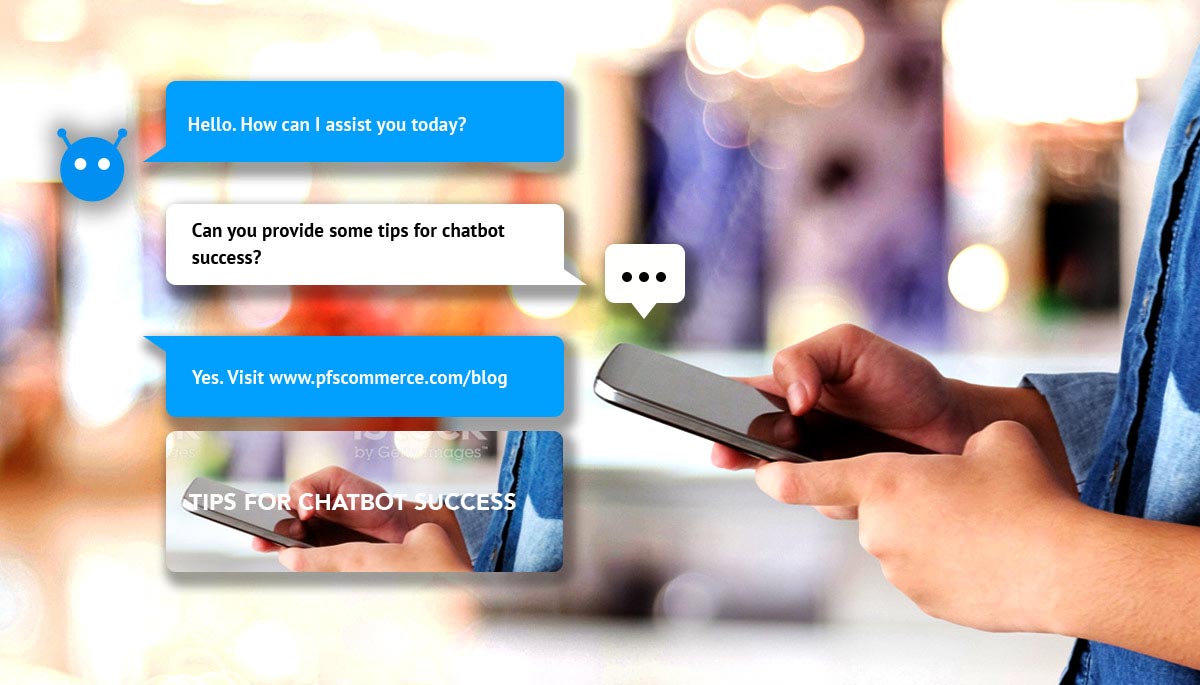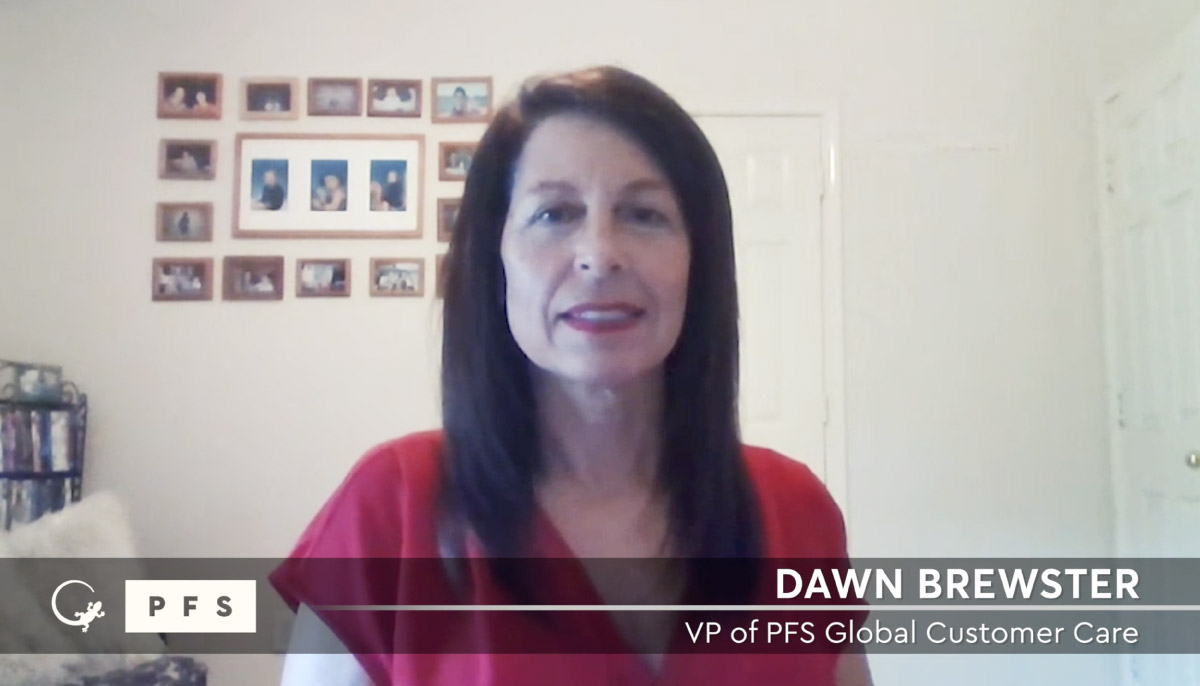
Ensuring a Positive Chatbot Customer Care Experience
24/7 availability, no hold times, answer thousands of inquiries at once and all with an ever positive attitude – at a glance, chatbots have it all. The chatbot market is expected to grow to $1.34 billion by 2024, it’s clear that chatbots are here to stay. Customer Service is the largest contributor to chatbot growth with an estimated 43% share of the market. From the banking industry to healthcare to eCommerce, companies are investing in chatbot technology to enhance customer care operations and improve customer satisfaction.
And yet, 54% of consumers expect a negative interaction when chatbots are involved.1 A look at chatbots from the consumer’s perspective tells a different story from that of the businesses putting them into practice. As far as consumers are concerned, chatbots are not living up to the hype just yet.
Not There Yet
According to CGS’s 2018 Global Consumer Customer Service Survey, 45% of consumers still prefer human support to a chatbot. When a customer is expecting a quick answer, getting the runaround from a robot is discouraging to say the least. The top reasons given for giving up on chatbots included:
- having issues too complex for the chatbot to handle – resulting in wasted time going back and forth with a machine
- the chatbot redirects users to an FAQ page – especially frustrating for consumers who have already checked the FAQ page
- the chatbot takes too long to respond – customers are looking for quick, direct answers to their questions
- conversation with the chatbot feels impersonal – as smart as they are, machines lack the ability to empathize with a frustrated customer
Chatbots are great at handling simple requests, but when it comes to complicated issues that require out of the box thinking… we just aren’t there yet. This is why providing a mix of chatbot and human support is the optimal approach to ensuring a quality customer experience that satisfies customers.
The “Blended” Approach
Forrester Research states “two-thirds of US online adults say that valuing their time is the most important thing a company can do to give them a good online customer experience.”1 When done correctly, chatbots do value the customer’s time. Chatbots provide a quicker way to get answers to simple questions in comparison to waiting for a representative via live chat or phone support. In fact, companies optimizing chatbots with the customer experience in mind are seeing positive results:
- 71% saw increased customer satisfaction, with 56% seeing an increase within 1 to 3 months
- 88% saw reduction in email, chat or phone volume
- 75% saw cost savings improve1
Though chatbots continue to get smarter and more helpful every year, they are still no match for human support from the customer’s point of view. Consumers expect quick, quality service that shows a brand values them as a customer. By taking a “blended” approach, as Michael Mills, senior vice president of CGS’s contact center division, calls it, brands can ensure the best of both worlds while providing an optimal customer experience.
Tips for Chatbot Success
Here are some areas to focus on to ensure a positive experience for your customers when using chatbots:
- Keep it simple. Set your chatbot up for success by providing answers to simple, straightforward questions such as order tracking, shipping costs, or links to tutorials, blogs or other website content within the chatbot window. Avoid redirecting customers to the FAQ page and instead answer FAQs within the chatbot window.
- Ensure quick transfer to a live chat agent that includes transferring conversation history to make the experience as seamless, quick and frustration free as possible for customers. Forrester predicts that only 40% of chatbots will have a path to a live agent by the end of 2019.1 Prioritize the customer experience by providing highly responsive service for your customers through a combination of chatbot and live chat representatives.
- Be honest with your customers. Make sure it is clear to customers that they are receiving support from a chatbot, not a live agent, setting realistic expectations from the start.
Learn more about chatbots here. If you are interested in implementing chatbot support for your customer care operations, send us a note to learn all about PFS’s brand-centric customer care operations, including our chatbot solution.
[1] Forrester Infographic: Customer Service Chatbots Fail Consumers Today, January 30, 2019, Forrester


